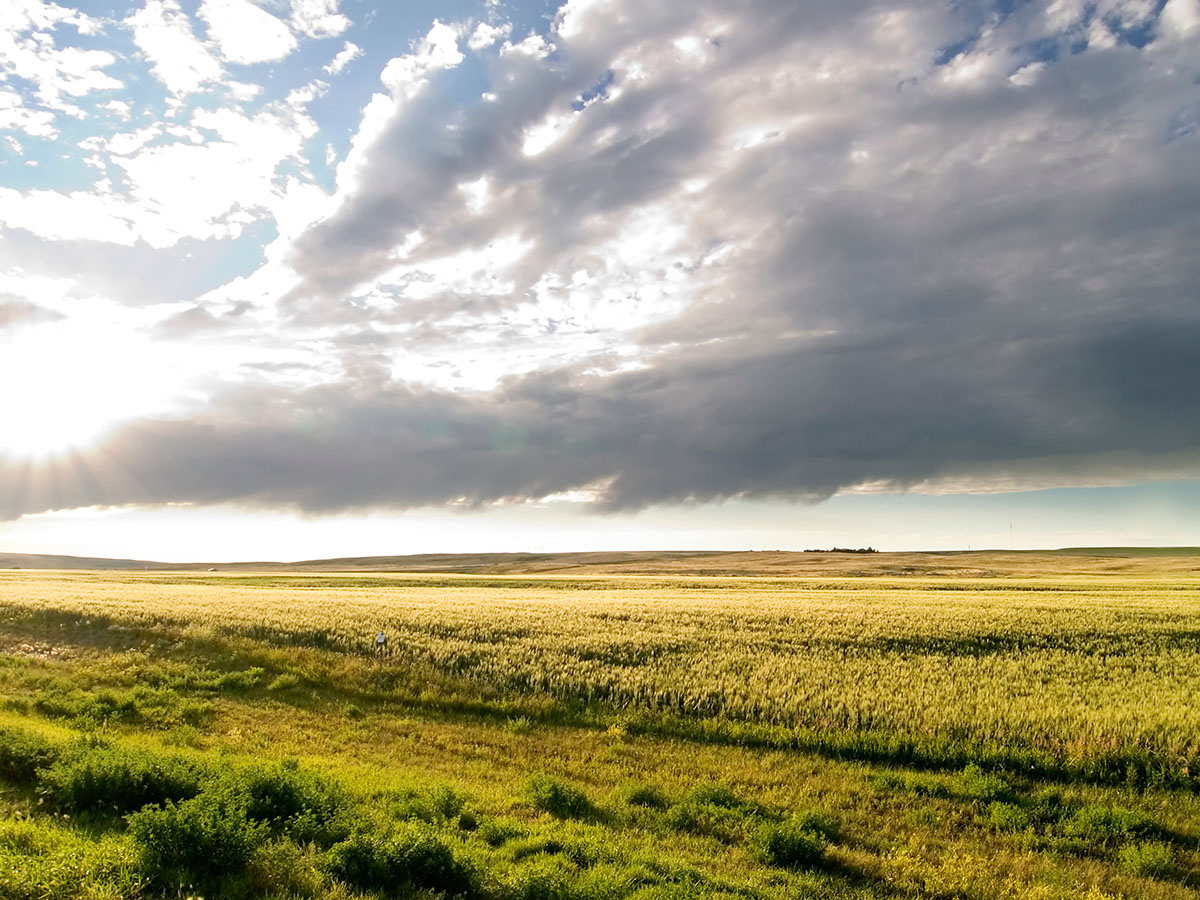
November 24, 2023
As times change and technology helps us access new information, as a society, we have an opportunity to learn some truths about the history of our nation, its founding, and its unfortunate, enduring legacy of atrocities committed against Indigenous communities. These truths can be upsetting, but they are still truths that cannot be denied. How then, as a community, can we recognize the past while looking towards the future?
Arrow is taking a very important first step with land acknowledgments for each of our communities. A land acknowledgment is a formal statement that recognizes and respects the Indigenous peoples who originally inhabited and cared for the land upon which we now live, work, and gather. It is a meaningful gesture, particularly in regions with a history of colonization, that serves as a powerful reminder of the lasting connection between Indigenous communities and their ancestral lands.
While it may seem like a simple act, land acknowledgments carry profound significance. In this article, learn four compelling reasons why land acknowledgments are important to the enduring legacy of Indigenous communities – both past and present.
Land acknowledgments provide an opportunity to pay tribute to the rich and diverse heritage of Indigenous communities. By publicly recognizing the Indigenous nations who have stewarded the land for generations, we acknowledge their contributions to our shared history, art, traditions, and values. In learning about Turtle Island, and pre-colonial America, we develop a deeper appreciation for the wisdom and knowledge that Indigenous peoples bring to our communities.
Land acknowledgments are a crucial step toward reconciliation and healing. These declarations serve as a means of acknowledging the painful legacy of colonization, which still impacts Indigenous communities today. By facing this shared history, we can work together to address the issues of inequality, land rights, and social injustices that continue to impact Indigenous communities.
Many Indigenous cultures have a deep spiritual and ecological connection to the land. By recognizing and respecting this connection, land acknowledgments encourage a more profound sense of responsibility and stewardship for the environment. This awareness can lead to action, encouraging us to increase efforts to protect natural resources, preserve biodiversity, and engage in sustainable practices. It is a way of affirming that we are all interconnected with the land and each other, and have a collective duty to protect it for future generations.
Land acknowledgments offer an invaluable educational opportunity for both Indigenous and non-Indigenous communities. They can serve as a starting point for understanding the history and ongoing issues faced by Indigenous people while beginning to dismantle stereotypes, biases, and misconceptions that perpetuate discrimination and keep us separated. In making land acknowledgments, we can inspire a deeper exploration of Indigenous cultures and histories, and foster greater empathy and understanding here at Arrow, and wherever we go.

The Dakota Sioux people have a saying: We will be known forever by the tracks we leave.
At Arrow, we hope our tracks communicate our desire for reconciliation, healing, and community-building with the original caretakers of this land. In establishing a land acknowledgment, we not only confront the past but also shape a more equitable and inclusive future. But we can’t allow a land acknowledgment to bear out the totality of our efforts. To truly embrace the principles of reconciliation and healing, communities should move beyond mere words and engage in meaningful actions to support Indigenous communities. This could involve supporting Indigenous-led initiatives, advocating for Indigenous rights, and actively participating in the ongoing process of reconciliation. By making a commitment to ongoing advocacy, we honor the spirit of solidarity, respect, and collaboration that land acknowledgments symbolize, ultimately fostering a society where the rights and contributions of Indigenous peoples are truly valued and celebrated.
VITALIA® North Olmsted in North Olmsted, OH offers independent senior apartments, assisted living, and memory care with a variety of services and a range of floor plan options. Amenities include restaurant dining, 24-hour bistro, concierge service, housekeeping, events and entertainment, personal care, transportation services, and more. Centrally located near St. John West Shore with convenient access to major shopping centers and attractions, including Crusher’s Stadium, Crocker Park, North Olmsted Senior Center, North Olmsted Library, Bradley Woods Park (Cleveland Metro Parks), and Cleveland Zoo.
VITALIA® North Olmsted serves and employs individuals of all faiths, regardless of race, color, gender, sexual orientation, national origin, age or handicap, except as limited by state and federal law.